Posts Tagged: Phil Ward
'The Astonishing Ant Man' Jack Longino to Speak at UC Davis
John "Jack" Longino knows his ants. "We share the planet with millions of species, and many of them are insects," says Longino, professor...
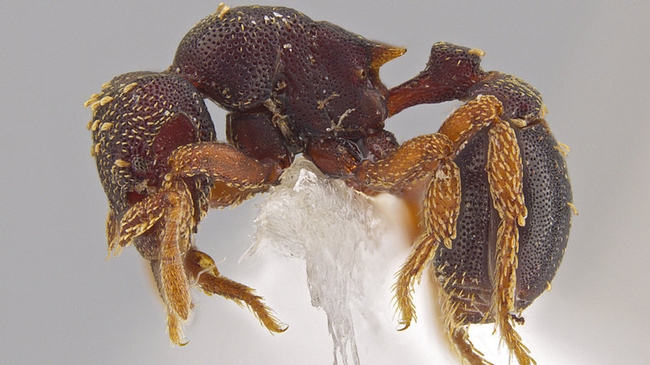
A side view of the new ant species Eurhopalothrix zipacna that Jack Longino discovered in Central America. (Photo by Jack Longino)
Why Rodney Dangerfield Would Have Liked Male Ants--and Probably What Brendon Boudinot Is Doing
The late comedian Rodney Dangerfield would have liked male ants. It was Dangerfield (1921-2004), you know, who coined the catchphrase, "I don't get...
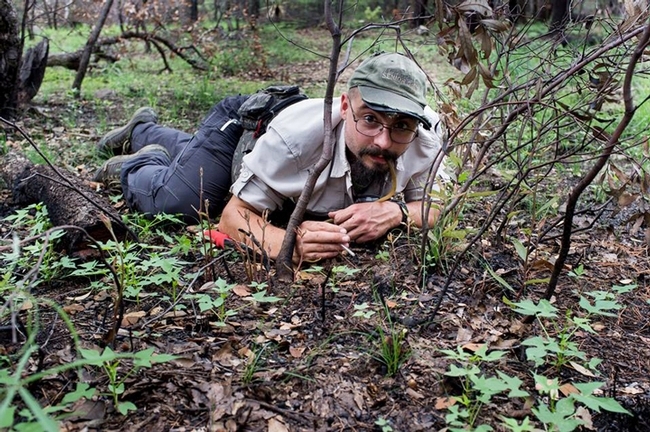
Myrmecologist Brendon Boudinot in the field. This was taken at the Southwest Research Station in the Chiricahua Mountains near Portal, Ariz., by Roberto Keller, National Museum of Natural History and Science, Portugal.
You, Too, Can Be a Scientist!
You don't have to be a citizen to be a "citizen scientist," and you don't have to be a scientist to be a citizen. But "citizen scientist" is a...
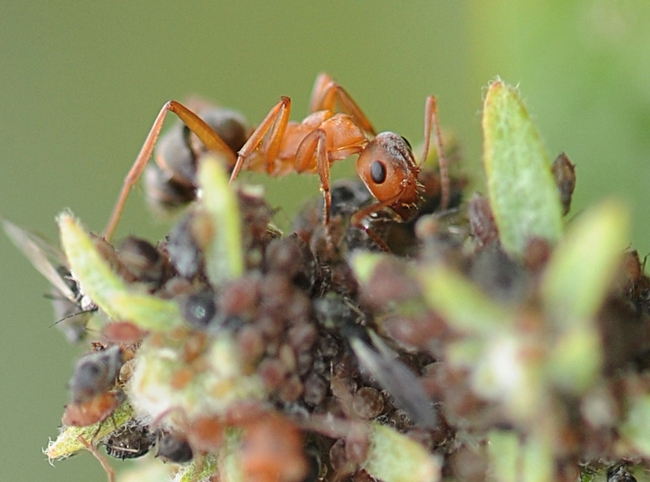
Formica moki, a native ant, frequents Yolo County gardens. (Photo by Kathy Keatley Garvey)
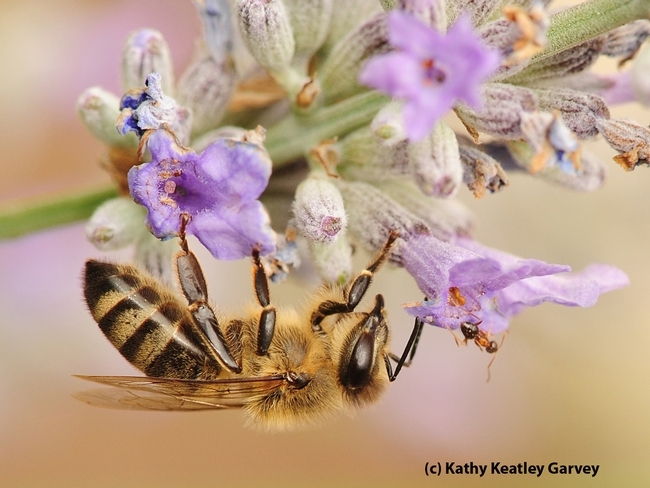
A honey bee and a velvety tree ant. (Photo by Kathy Keatley Garvey)
Surprise! Bees and Ants More Closely Related Than Most Wasps
Who would have thought? Who would have thought that ants are more closely related to bees than they are to most wasps? In ground-breaking research...
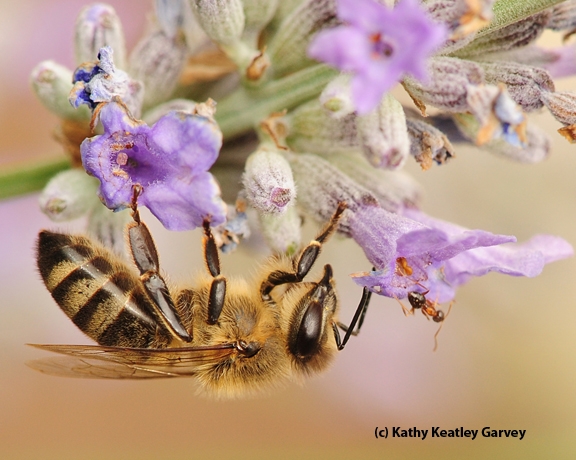
A bee and an ant; they're more closely related than they are to most wasps. (Photo by Kathy Keatley Garvey)
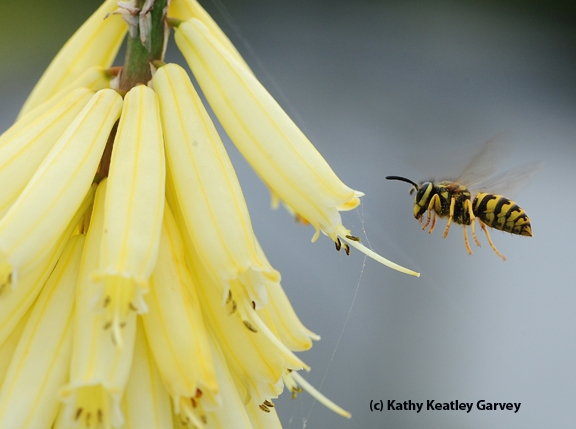
Ants and bees are more genetically related to each other than they are to social wasps, such as this yellow jacket. (Photo by Kathy Keatley Garvey)
The Bee and the Ant
Lavender. Honey bees love it. We watched a honey bee foraging on lavender blossoms last weekend, when an ant appeared on the scene. The ant?...
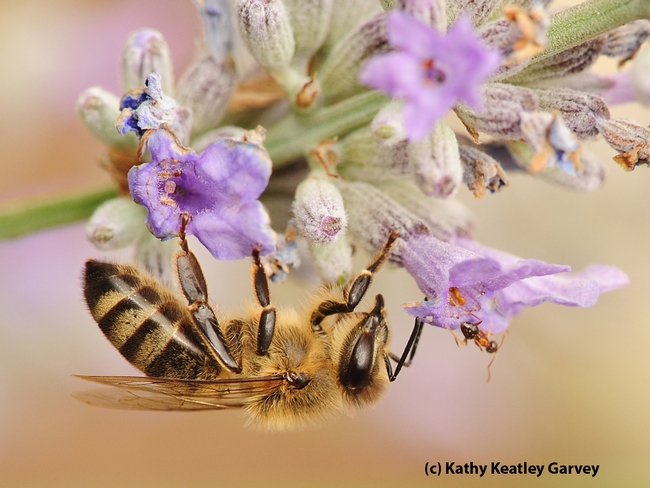
A honey bee encounters a velvety tree ant. (Photo by Kathy Keatley Garvey)
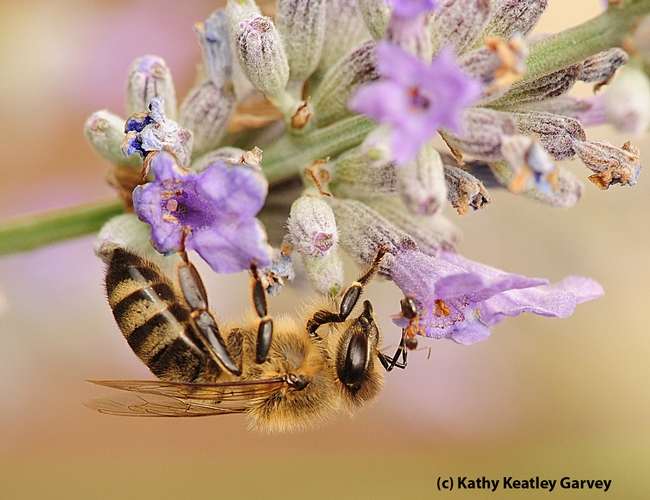
Velvety tree ant touches the antennae of a honey bee. (Photo by Kathy Keatley Garvey)

